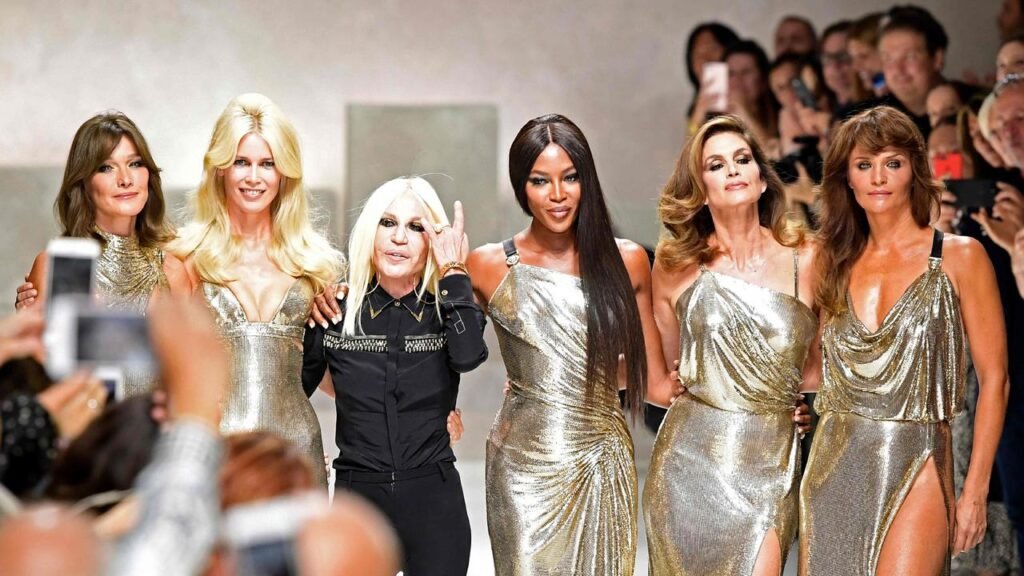A fashion designer is the mastermind who transforms imagination into wearable art. Fashion designer play a vital role in shaping global trends, influencing personal style, and defining the visual language of each generation. From creating elegant couture pieces to designing everyday wear, they combine creativity, technical skill, and cultural insight to produce garments that express individuality and innovation.
Understanding the Role of a Fashion Designer
A fashion designer conceptualizes, sketches, and develops clothing and accessories that align with aesthetic preferences, seasonal trends, and target markets. Their work involves understanding fabrics, color theory, cuts, and silhouettes while balancing beauty with practicality. Designers often specialize in areas such as haute couture, ready-to-wear, sportswear, bridal wear, or accessories.
Beyond sketching ideas, designers also collaborate with pattern makers, tailors, and textile experts to bring their creations to life. They attend fashion shows, study consumer behavior, and analyze global market trends to create collections that appeal to their audiences.
The Creative Process in Fashion Design
The journey of creating a fashion piece begins with inspiration. Designers draw ideas from art, history, culture, technology, and nature. This inspiration is then translated into sketches or digital illustrations. Next comes fabric selection, where designers choose textures, colors, and materials that best match their vision.
Prototypes or samples are produced to test the design’s look, fit, and comfort. Once the prototype is approved, production begins, and the collection is showcased through runway shows or marketing campaigns. This process demands patience, attention to detail, and a strong sense of aesthetics.
Skills Required to Become a Successful Fashion Designer
To thrive in the fashion industry, a designer must possess a blend of creativity and technical expertise. Drawing and sketching skills help visualize designs, while sewing and pattern-making knowledge ensure that garments are constructed accurately. A deep understanding of textiles, color combinations, and current fashion trends is also essential.
In addition to artistic skills, fashion designers must have business acumen. They need to manage budgets, oversee production costs, and market their collections effectively. Strong communication and networking skills are also crucial for building brand recognition and collaborating with manufacturers, stylists, and retailers.
Different Types of Fashion Designers
The fashion industry is vast and offers diverse specializations for designers. Haute couture designers create exclusive, custom-fitted clothing for elite clients. Ready-to-wear designers focus on stylish yet accessible collections for the general public. Streetwear designers combine urban culture with comfort, appealing to younger audiences.
Accessory designers craft handbags, shoes, jewelry, and belts that complement clothing lines. Sustainable fashion designers, an emerging group, emphasize eco-friendly practices by using recycled materials, ethical labor, and zero-waste production methods.
Famous Fashion Designers Who Shaped the Industry
Throughout history, several iconic designers have revolutionized fashion. Coco Chanel redefined women’s fashion with her timeless elegance and the introduction of the little black dress. Giorgio Armani brought sophistication to men’s suits, while Alexander McQueen stunned the world with his avant-garde and dramatic collections.
Modern designers like Virgil Abloh, Stella McCartney, and Donatella Versace continue to innovate by blending art, technology, and sustainability into their designs. Their contributions showcase the evolving nature of fashion and its global cultural impact.
Education and Career Path in Fashion Design
Most professional designers hold a degree in fashion design or a related field. Courses typically cover subjects like design principles, textile science, computer-aided design (CAD), and marketing. Internships with established fashion houses or brands provide valuable experience and industry exposure.
After graduation, designers may start as assistants, illustrators, or merchandisers before launching their own labels or joining renowned fashion companies. Building a strong portfolio is essential for showcasing creativity and attracting potential clients or employers.
The Importance of Fashion Designers in Society
Fashion designers are not just trendsetters but storytellers who reflect social and cultural movements through their work. They influence how people express identity, confidence, and individuality. Fashion also contributes significantly to the global economy, providing employment and supporting industries such as textiles, retail, and advertising.
Moreover, with growing awareness of sustainability, designers play a crucial role in promoting eco-friendly materials and ethical fashion choices. This shift highlights their responsibility toward both society and the environment.
Conclusion
A fashion designer is much more than a creator of clothes—they are innovators, visionaries, and cultural influencers. Their work blends art, technology, and craftsmanship to define the world’s style and identity. From sketch to runway, every design tells a story that inspires millions. As the industry evolves, fashion designers continue to shape how we perceive beauty, individuality, and self-expression in an ever-changing world.
